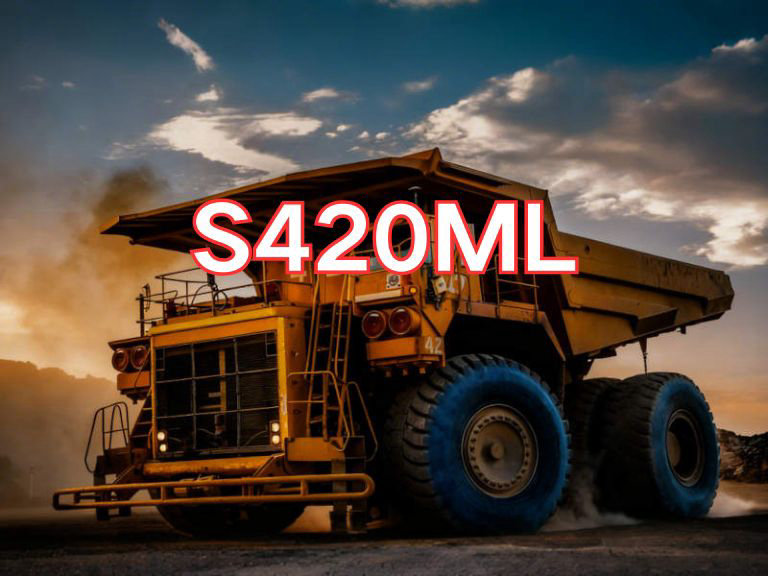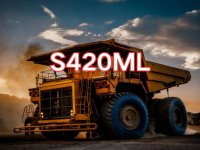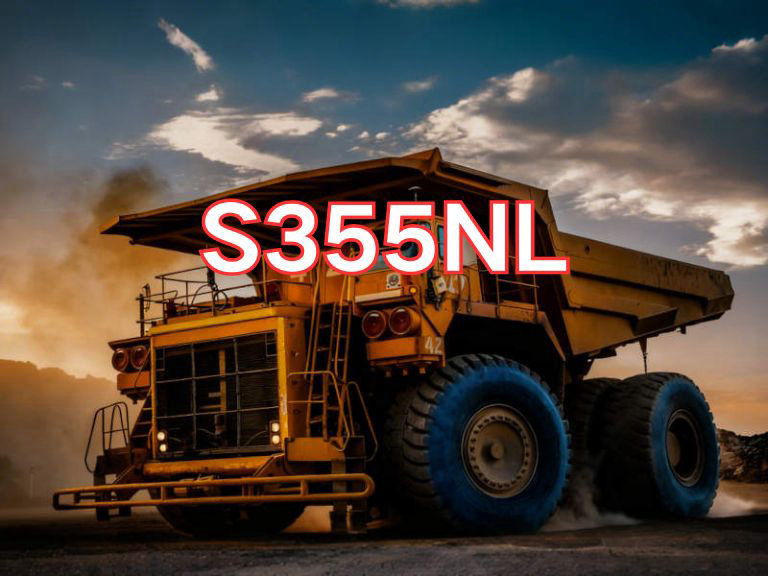

S420ML
S420ML is a high-strength fine-grain structural steel, designated according to the European standard EN 10025-4. The "S" stands for Structural steel, "420" indicates the specified minimum yield strength of 420 MPa for thicknesses up to 16 mm, "M" means the steel is delivered in a thermo-mechanically rolled condition, and "L" signifies good low-temperature impact toughness—typically demonstrated by Charpy V-notch testing at -50°C. Together, "ML" denotes a fine-grain steel produced via thermo-mechanical rolling with excellent performance in sub-zero environments.
S420ML steel plate is widely used in engineering structures demanding high strength, superior weldability, and exceptional resistance to cold temperatures. Typical applications include buildings and bridges in arctic or cold regions, offshore wind power installations, liquefied natural gas (LNG) storage tanks, cryogenic pressure vessels, heavy-duty transport vehicles, construction machinery, and oil & gas extraction equipment. Thanks to its outstanding toughness at low temperatures, S420ML is especially suitable for critical load-bearing components operating in extreme cold, effectively preventing brittle fracture and ensuring structural safety.
The key feature of this grade lies in its optimal combination of high strength and excellent toughness achieved through thermo-mechanical rolling. This process controls rolling temperature and reduction to refine grain structure, enhancing overall mechanical properties without requiring additional heat treatment. S420ML offers good weldability using conventional welding methods, typically with no or only minimal preheating required to ensure sound weld joints. Additionally, its favorable ductility and resistance to lamellar tearing make it well-suited for fabrication and assembly in complex structural applications.
Currently, S420ML plates are manufactured and supplied in accordance with EN 10025-4:2019 – “Hot rolled products of structural steels – Part 4: Technical delivery conditions for thermo-mechanically rolled fine grain steels”. This standard specifies detailed requirements for chemical composition, mechanical properties, impact energy values, dimensional tolerances, and inspection procedures, serving as the internationally recognized technical reference. Due to its superior performance, S420ML has become a key material choice for modern high-performance structural steel applications.

Ultrasonic Testing (UT)
A key non-destructive testing technique that uses high-frequency sound waves to detect internal flaws in steel plates. The probe emits sound waves, which reflect when encountering defects such as cracks or inclusions. The receiver captures the echoes, enabling precise determination of defect location and size. With high sensitivity, strong penetration, and fast inspection speed, UT effectively ensures internal quality, widely used in the production of heavy plates, pressure vessel plates, and other high-end products to guarantee safety and reliability.

Magnetic Particle Testing (MT)
A common surface inspection method that magnetizes the workpiece, causing leakage magnetic fields at surface or near-surface defects like cracks or inclusions, which attract magnetic particles to form visible indications. Simple to operate and highly sensitive, MT is suitable for rapid inspection of surface and near-surface flaws in ferromagnetic materials, widely used for online or offline inspection of plate edges, ends, and welds, ensuring product quality and safety.

Penetrant Testing (PT)
A non-destructive method for detecting surface-breaking flaws. A penetrant liquid is applied to the cleaned steel surface, allowing it to seep into defects such as cracks or pores. After removing excess penetrant, a developer is applied, causing the trapped penetrant to bleed out and form visible indications. Simple and cost-effective, PT is suitable for inspecting surface defects in various non-porous materials, commonly used for welds, castings, and complex components, effectively ensuring surface quality of steel plates.












